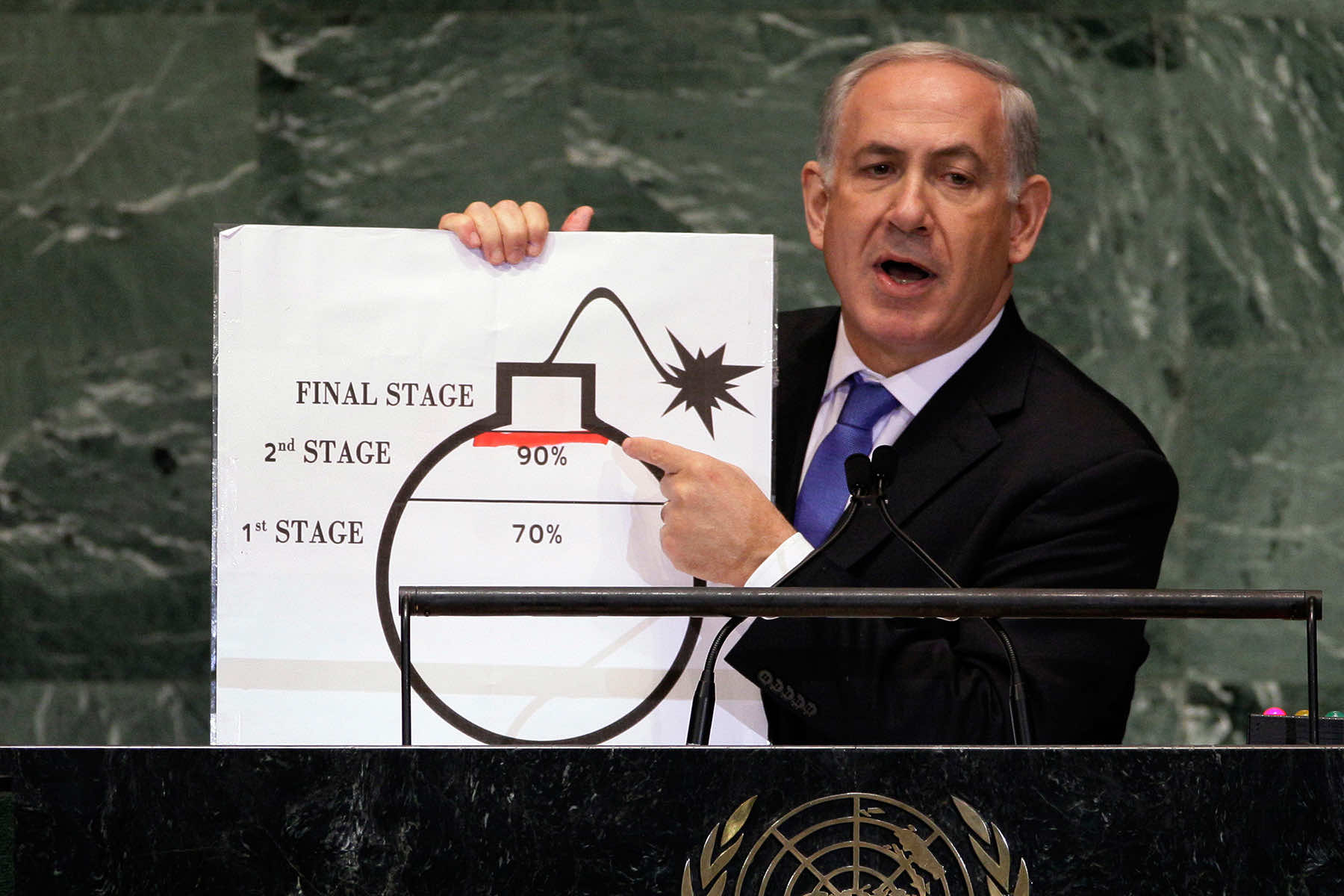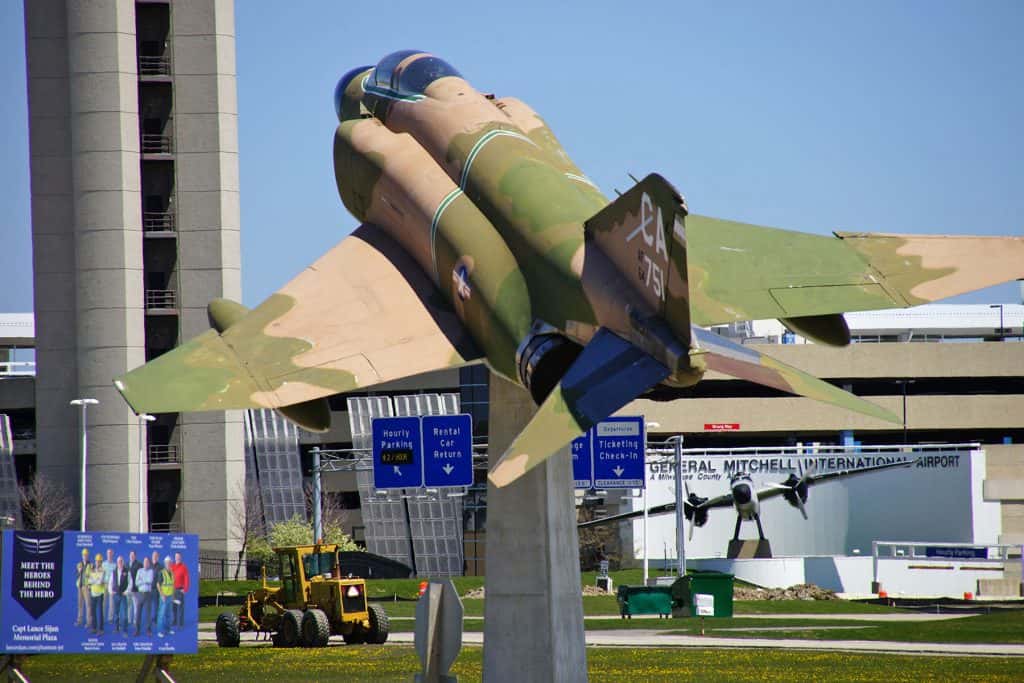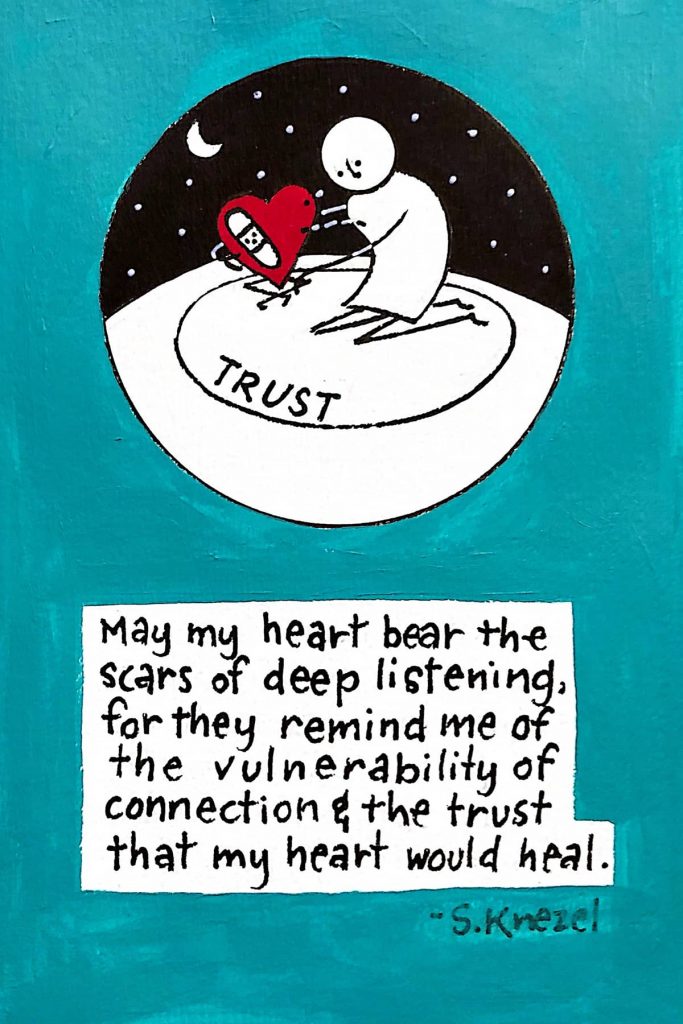
His public statements have repeatedly framed Tehran’s atomic ambitions as an urgent and growing threat, a view that has shaped both Israel’s national security posture and its dealings with the United States.
Netanyahu began issuing such alerts in the early 1990s, during his time as a member of Israel’s parliament. In a 1992 speech to the Knesset, he suggested that Iran was within three to five years of achieving independent nuclear weapons production.
He would go on to reaffirm that assessment in his 1995 book, Fighting Terrorism, arguing that Iran’s nuclear intentions posed a dire challenge to global security. The idea of a narrow and closing window to stop Iran’s nuclear program soon became a recurring theme in Netanyahu’s diplomacy.
In 2002, he testified before the U.S. House Committee on Oversight and Government Reform, advocating for military action in Iraq while linking Baghdad’s suspected weapons programs with those of Tehran. The United States invaded Iraq the following year, though subsequent inspections found no evidence of weapons of mass destruction.
Years later, in 2009, Netanyahu reportedly told U.S. lawmakers that Iran remained only a year or two away from building a nuclear device.
His remarks were revealed in a classified diplomatic cable made public by WikiLeaks. At that point, concerns over Iran’s enrichment activity had become central to Israeli lobbying efforts in Washington.
One of Netanyahu’s most high-profile appeals came in 2012, when he addressed the United Nations General Assembly with a simple illustration: a cartoon-style drawing of a bomb. Using a red line drawn across the image, he warned that Iran was approaching a critical stage in its uranium enrichment process. He told the assembly that by the following spring or summer, the country could be in the final stages of preparing the material needed for a nuclear weapon.
More than a decade later, Netanyahu continued to issue similar alarms. In remarks not long before he launched a sneak attack and undeclared war on June 13, he claimed that Iran could build a weapon in a matter of months, or even weeks, if its nuclear progress is not disrupted.
Those unsupported claims come amid reports of covert Israeli operations targeting Iranian nuclear infrastructure, as well as open discussions about military preparedness.
The assessments also contradicted many assessments from other intelligence sources. The U.S. Director of National Intelligence stated earlier this year that Iran was not actively developing a nuclear bomb, though it continued to expand the technical capacity that could be used for one.
Despite shifting intelligence estimates and changing diplomatic conditions, Netanyahu’s warnings remained unchanged over time. His insistence on the immediacy of the threat continues to inform Israeli foreign policy and military planning. It is a message that has outlasted multiple American administrations and decades of negotiations over Iran’s nuclear future.
Netanyahu’s decision to initiate direct military strikes against Iran marked a culmination of decades of warnings and political maneuvering. With previous American presidents unwilling to endorse such “preemptive” action, Netanyahu seized on what he viewed as an opportunity. The position of the U.S. was weak under an inept Donald Trump, whose ambiguous posture signaled little resistance to escalation.
At home in Israel, the sudden war served a dual purpose by redirecting public attention from corruption probes, economic unrest, and outcries over the humanitarian crisis and genocide in Gaza, while allowing Netanyahu to frame himself once again as Israel’s indispensable security leader.
In launching the offensive, he reignited one of the region’s most volatile conflicts, not only to confront a long-standing adversary but to secure his own fragile political footing.















